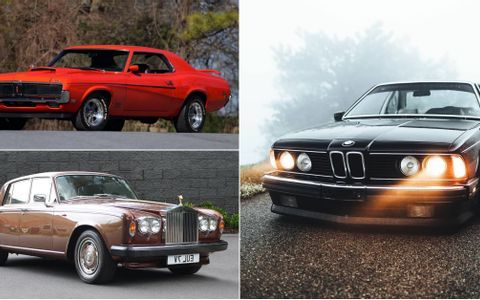
When diving into the world of automotive enthusiasm, you often hear the terms “classic car” and “collectible car” tossed around. While they might seem interchangeable, they refer to distinct concepts within the car community. Understanding these differences can enrich your appreciation for automotive history and help you make informed decisions, whether you’re looking to purchase, restore, or simply admire these remarkable machines.
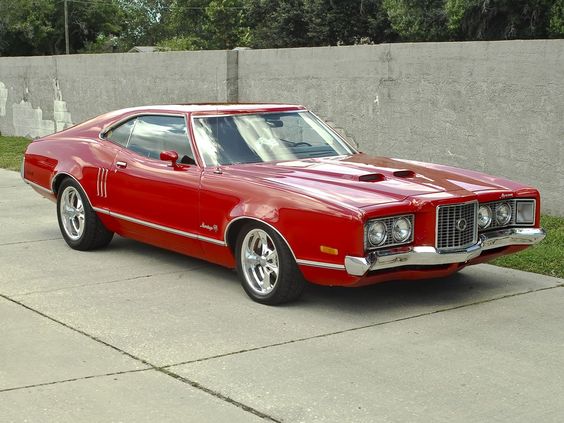
Defining Classic Cars
Classic cars generally refer to vehicles that are at least 20-30 years old and hold historical or nostalgic value. These cars often embody the design, engineering, and cultural ethos of their respective eras. The definition of a classic car can vary depending on the country, organization, or even the context in which the term is used. For instance, the Classic Car Club of America (CCCA) defines classic cars as “fine” or “distinctive” automobiles built between 1915 and 1948.
Key Characteristics of Classic Cars
- Age: Typically, a car must be at least 20-30 years old to be considered classic.
- Historical Significance: Many classic cars were produced in significant periods of automotive history and often represent technological advancements or cultural milestones.
- Design and Engineering: Classic cars often feature iconic designs and engineering that set them apart from modern vehicles. This includes unique body shapes, materials, and craftsmanship that are rarely seen today.
- Nostalgia: Classic cars evoke a sense of nostalgia, reminding people of bygone eras. They often hold sentimental value, either personally or culturally.
Examples of Classic Cars
- Ford Mustang (First Generation): Produced from 1964 to 1973, the first-generation Mustang is a quintessential American classic car, known for its sporty design and cultural impact.
- Volkswagen Beetle: With its distinctive shape and history dating back to the 1930s, the Beetle is a beloved classic worldwide.
- Chevrolet Bel Air (1950s): Representing the post-war American dream, the Bel Air is iconic for its sleek design and chrome details.

Defining Collectible Cars
Collectible cars, on the other hand, are vehicles that have gained value over time due to their rarity, condition, and desirability among collectors. While many collectible cars are also classic cars, not all classic cars are necessarily collectible. The distinction lies in the car’s market value, rarity, and the specific interests of collectors.
Key Characteristics of Collectible Cars
- Rarity: Collectible cars are often rare, either because few were produced initially or because few have survived in good condition.
- Condition: The better the condition of the car, the more collectible it is. Cars that have been meticulously maintained or restored to their original state are highly sought after.
- Provenance: The history of the car, including previous ownership, originality, and documentation, plays a crucial role in its collectibility.
- Market Demand: The desirability of a car among collectors can fluctuate based on trends, historical significance, and even media influence.
Examples of Collectible Cars
- Ferrari 250 GTO: Known for its rarity (only 36 units were produced) and racing pedigree, the 250 GTO is one of the most valuable and collectible cars in the world.
- Porsche 911 Carrera RS 2.7: Celebrated for its performance and limited production run, this model is highly prized among Porsche enthusiasts.
- Shelby Cobra 427: With its powerful engine and limited numbers, the Shelby Cobra 427 remains a top collectible car.
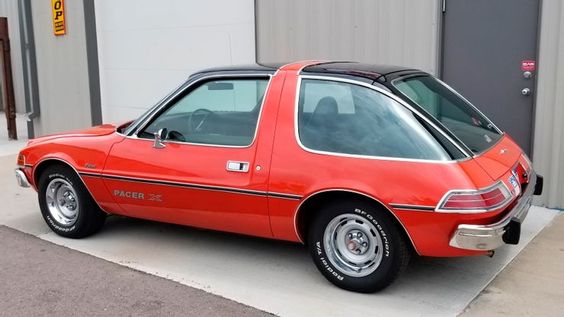
Differences Between Classic Cars and Collectible Cars
Understanding the nuances between classic and collectible cars involves looking at several factors, including age, rarity, value, and cultural significance.
Age and Historical Significance
Classic cars are typically defined by their age and the era they represent. They serve as historical artifacts that showcase the evolution of automotive design and technology. Collectible cars, while they can also be old, are more specifically identified by their rarity and market value. A modern car can become a collectible if it is produced in limited quantities or has significant cultural or technological impact.
Rarity and Market Value
Rarity is a defining characteristic of collectible cars. A car becomes collectible not just because it is old, but because it is rare and in demand among collectors. Classic cars, while often valuable, do not always command high prices unless they also meet the criteria of rarity and desirability.
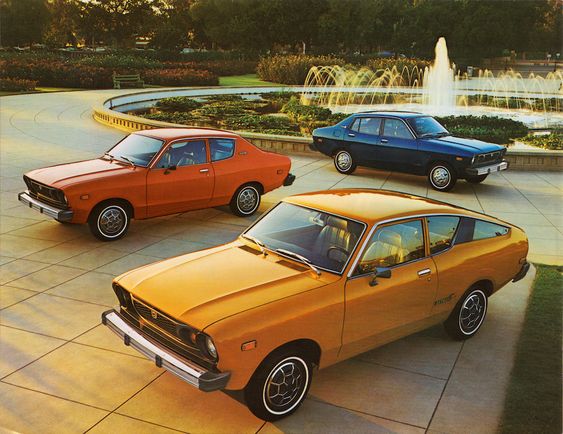
Condition and Provenance
The condition of a car plays a vital role in its collectibility. Collectible cars are often in pristine condition, either because they have been well-preserved or expertly restored. Classic cars, on the other hand, can vary widely in condition, and their value is more tied to their historical significance rather than their state of preservation.
Emotional and Cultural Impact
Classic cars often have a strong emotional and cultural resonance, evoking memories of past decades and embodying the spirit of their times. Collectible cars, while they can also have cultural significance, are more often viewed as investments and prized possessions within the collector community.
The Intersection of Classic and Collectible Cars
While there are clear differences between classic and collectible cars, the two categories often intersect. Many classic cars become collectible over time due to their historical significance, rarity, and condition. For example, a 1960s Ford Mustang can be both a classic car and a collectible if it is a rare model in excellent condition.
Investing in Classic and Collectible Cars
For those looking to invest in cars, understanding the distinctions and overlaps between classic and collectible cars is crucial. Investing in cars requires a keen eye for detail, a deep understanding of the market, and a passion for automotive history.
Tips for Investing
- Research: Thoroughly research the history, rarity, and market trends of the car you are interested in.
- Condition: Focus on cars that are in excellent condition or have the potential to be restored to a high standard.
- Provenance: Verify the car’s provenance, including its ownership history and any documentation that proves its authenticity.
- Market Trends: Stay informed about market trends and shifts in collector interests.
- Professional Inspection: Always have a potential investment car inspected by a professional to assess its condition and authenticity.
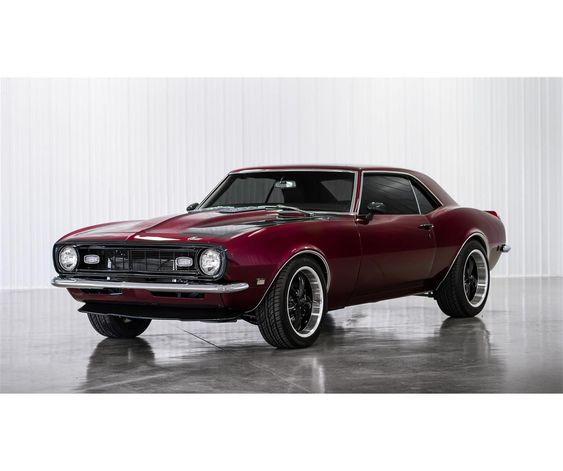
Conclusion
The world of classic and collectible cars is rich and diverse, offering enthusiasts and collectors a myriad of opportunities to explore automotive history and culture. While classic cars are celebrated for their historical significance and nostalgic value, collectible cars are prized for their rarity, condition, and market demand. Understanding the differences between these two categories can enhance your appreciation for these remarkable vehicles and guide you in making informed decisions, whether you’re a casual enthusiast or a serious collector.



